Class 127 Derby 4-car DMUs
Liveries
Green with whiskers

The sets were delivered in lined green with speed whiskers. They had grey roofs with the cab dome painted (or self-coloured fibreglass) white. They carried the blue square coupling code.
Green with yellow panel
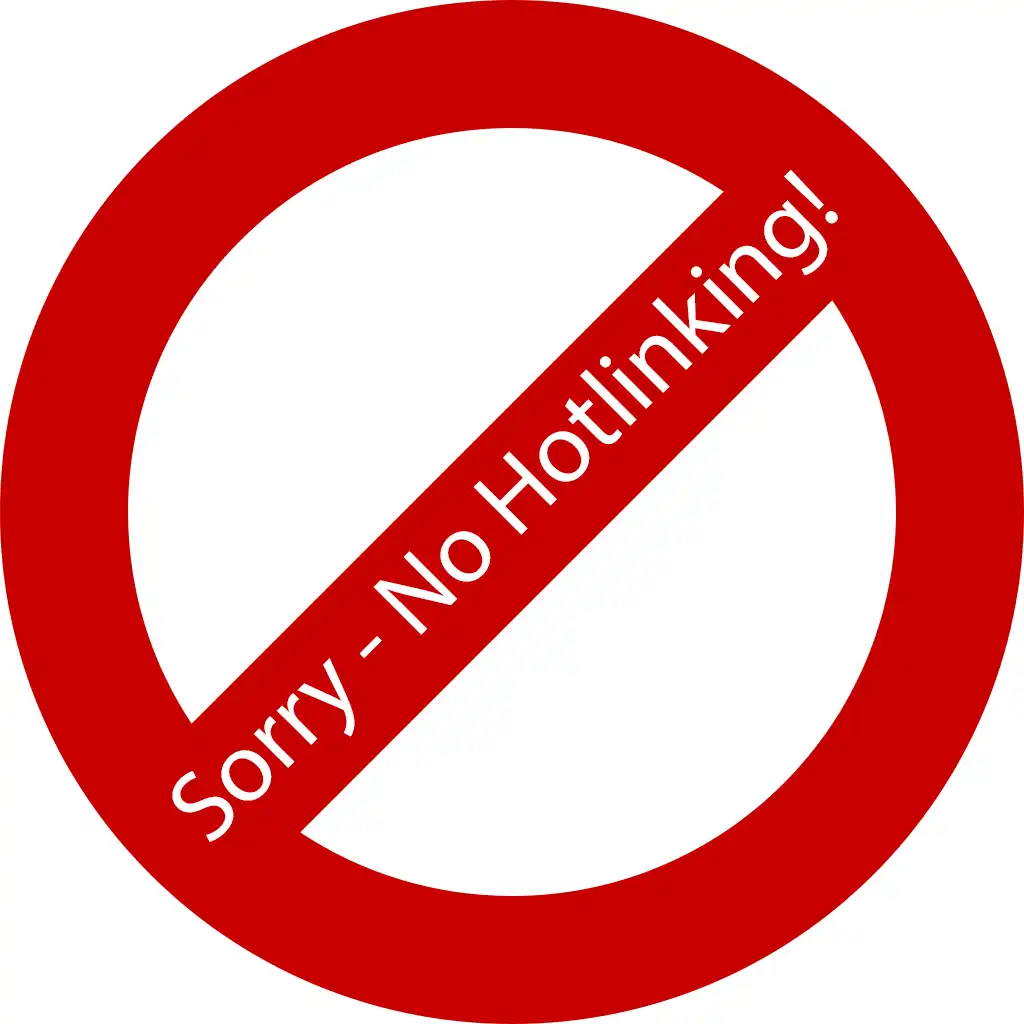
In time yellow panels replaced the speed whiskers. Painted as such is M51593 at the front of the 12 noon St Pancras - Luton service, seen to the south east of Luton on Sunday 20th June 1965. Michael Mensing.
Rail Blue with yellow panel
At the introduction of rail blue there was a short period when some sets were turned out with a yellow panel similar in size to that carried in green rather than a full yellow end. These sets would have smaller that normal numbers (3" high rather than 4" - the standard height in green and in other blue liveries) and carry the BR logo on the cab door. Other classes finished in this style would have white cab roof domes, yet the 127s didn't seem to. Example.
Rail Blue with white lining

One vehicle - TSL M59606 - was experimentally given waist and cantrail level white (or rail grey?) stripes circa June 1967. It was very short-lived and is seen in Marylebone station for inspection by BR Officials. Robert Forsythe.
Rail Blue with yellow end

Corporate rail blue with yellow ends appeared in the late 1960s. The image shows a pair in blue at Elstree on a Bedford stopper on 4th August 1979. 54A South Dock. They now have the red triangle coupling code.
Rail Blue with embellishments
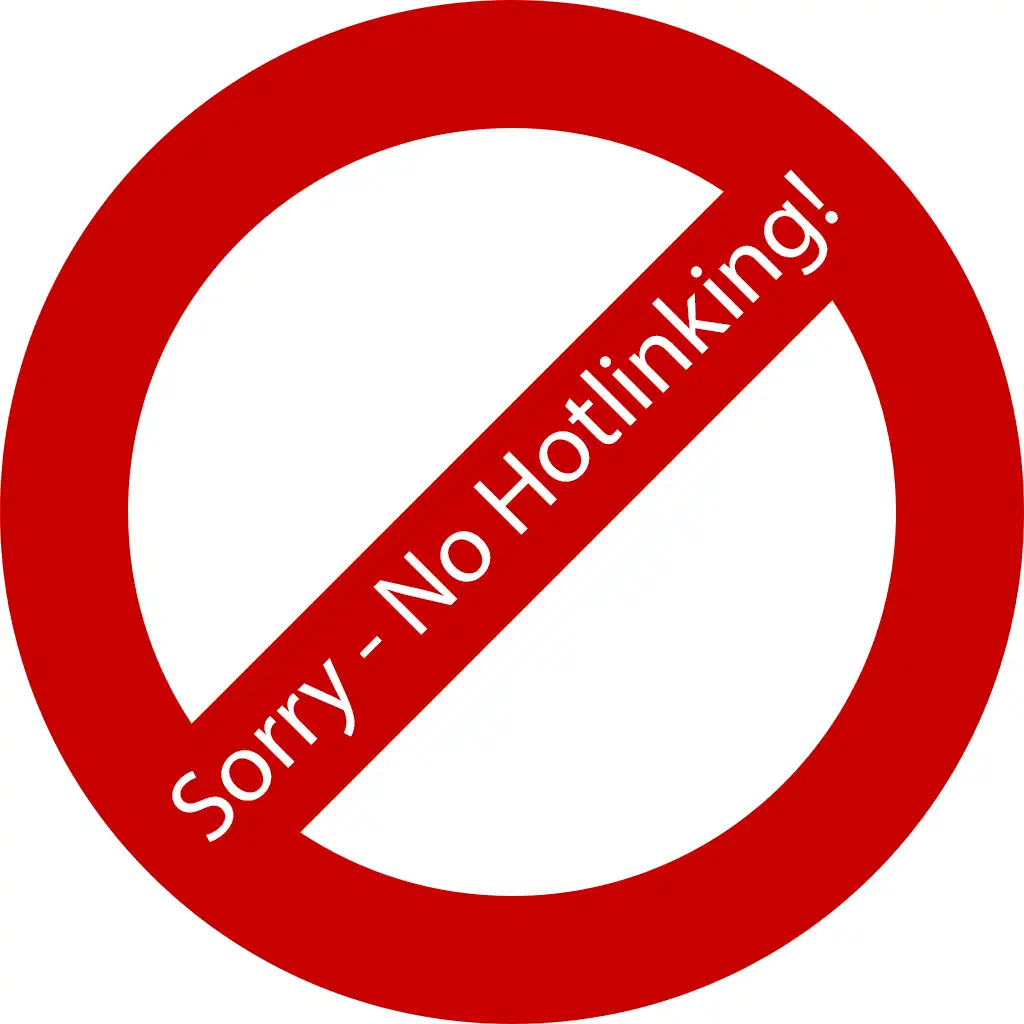
Some vehicles were given white roof dome, white gutters, red buffer beam and white cab end buffers. [1]
The initial version was from around September 1979 was applied to two vehicles, 51593 and 51615. Both of these vehicles retained operable head codes after the livery application, in other words the white paint was applied around the head code glass. The image shows a set with M51615 leading on the up slow at Harper Lane on 9 September 1979. Nicholas T Smith.
The second version of this livery modification appeared around October 1982 and was applied to two further power cars 51596 and 51612 and TSL 59590. In the 1982 version of the livery, an additional feature was that the head codes were painted rail blue and a BR double arrow applied. 51596 had a plate over the headcode box, while 51612 appears to have retained the glass and associated rubber gasket, simply painted over.
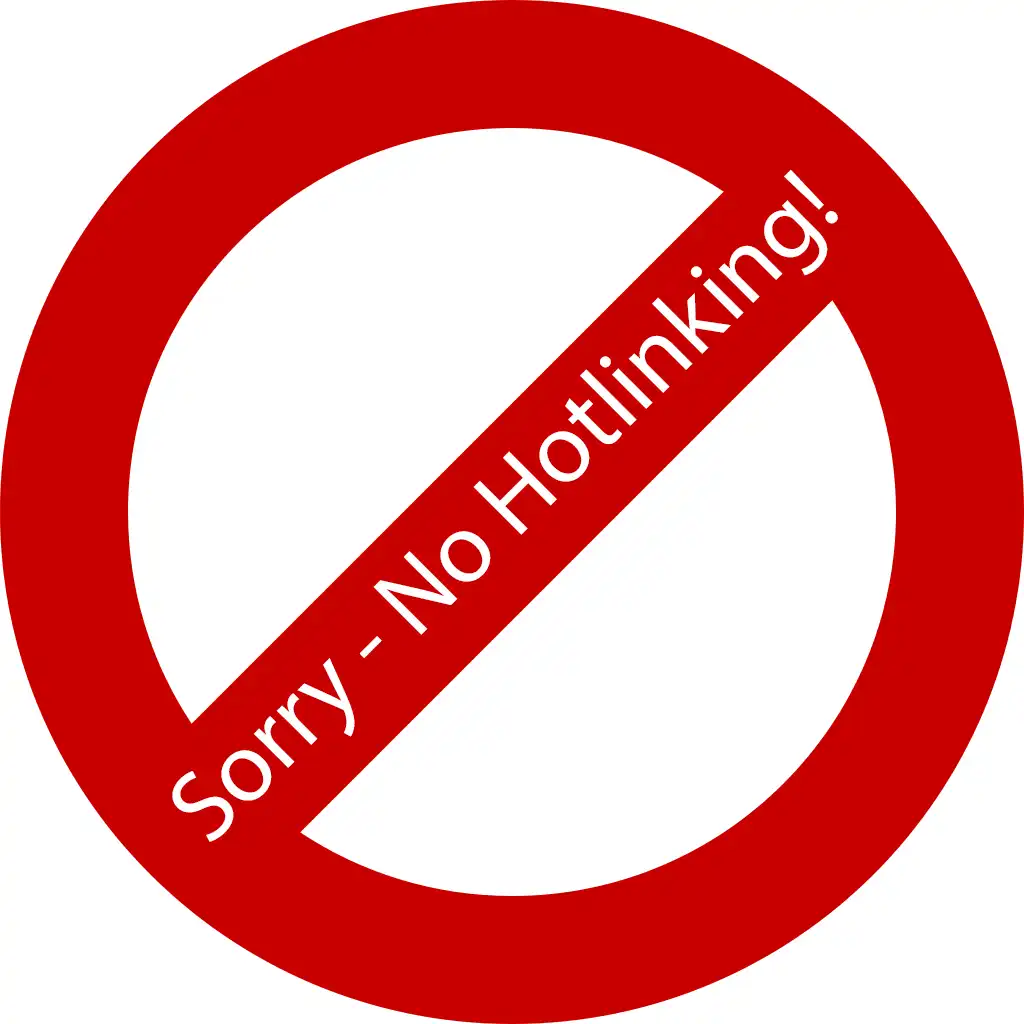
The three vehicles 51596 - 59590 - 51612 ran in this formation in Summer 1983, having been specially cleaned, and with the addition of white wheel rims and yellow axle box covers, apparently as a demonstration to officials of Greek Railways with a view to selling some vehicles, but nothing came of this. The image shows the set in Cricklewood station in summer 1983. Arno Brooks.
51593 was withdrawn in late 1983, while the other three power cars became part of the Class 127 Parcels Conversion programme. 59590 was transferred to Tyseley in July 1983 and ran in the West Midland in its special livery.
Retro-Green
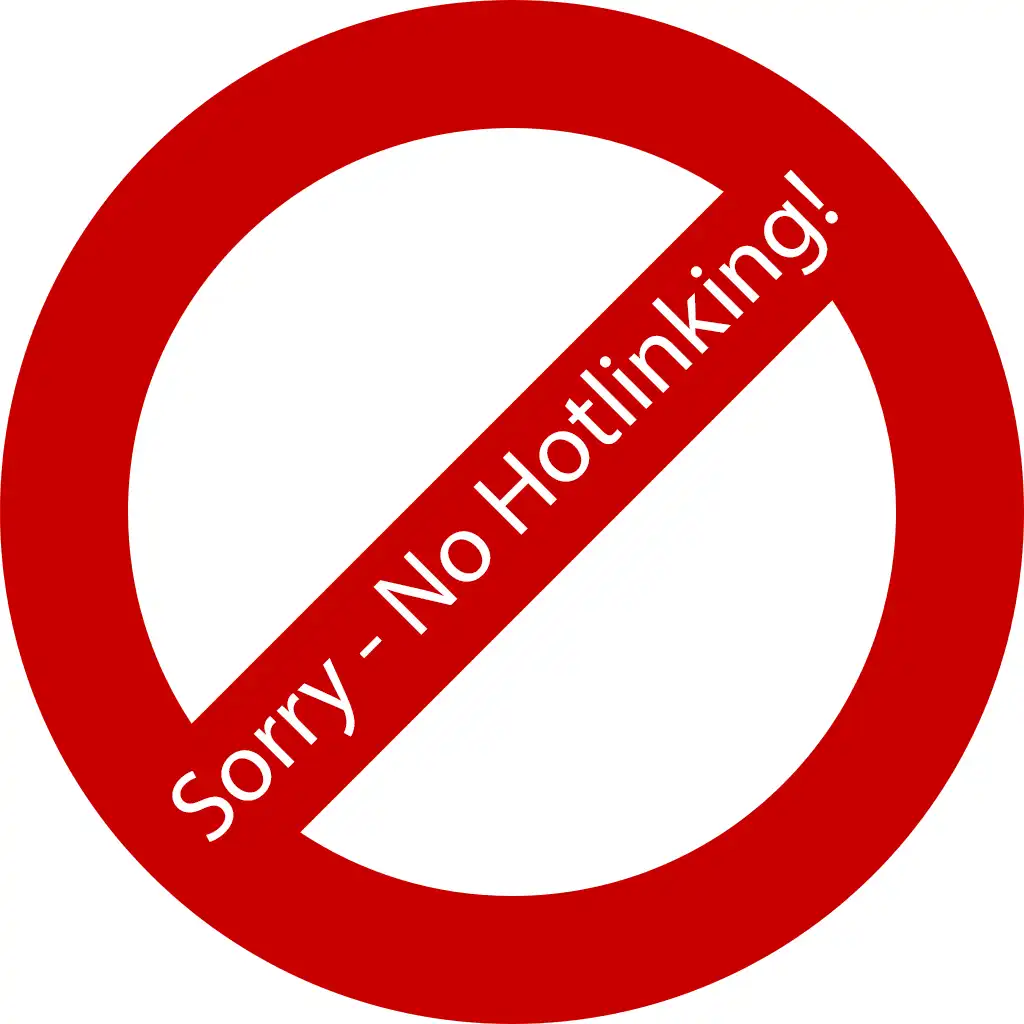
In May 1983 M51591 was repainted at Derby C&W Works into lined green with full yellow ends, whiskers edged in black, red buffer beams (back and front), cream white roof, and British Railways coaching crests. It worked with plain blue vehicles, and was fitted with a plaque on the outside which read "The first unit 1959-83 1,250,000 miles at St. Pancras - Bedford - St. Pancras". It is seen at Derby Etches Park in May 1983. Micheal Boot.
Blue and Grey

St Pancras Services [1]
The plain blue livery of the Class 127 fleet had seen a small concession to being brightened up with the appearance of two power cars in late 1979 embellished with white roof domes and white gutters. Then, from October 1982 the drab looking fleet started to gain freshly painted centre trailers in Blue/Grey livery.
The image shows a set with a Blue Grey centre car circa late 1982. Curly42.
A longer term plan was to transfer a significant part of the Class 127 trailer car fleet to Tyseley, where the non asbestos Class 127s could displace asbestos insulated Class 116 trailers. As part of this, some 127 trailers were overhauled and painted Blue/Grey then returned to service on the St Pancras route on a temporary basis. To observers of the final days of Class 127s, they certainly added a splash of colour.
In numerical order, the Blue/Grey trailers that ran from Cricklewood are: -
59605 Swindon C3 6-1-83 See Note Below
59607 Doncaster C3 10-12-82
59609 Doncaster C3 1-10-82
59610 Doncaster C3 8-10-82
59614 Derby C3 1-3-83
59622 Doncaster C3 17-12-82
59634 Swindon C3 6-1-83
59640 Doncaster C3 18-1-83
NOTE: 59605 and 59634 were both outshopped from Swindon in January 1983 and seemed to run together. One sighting in February 1983 was 51647 - 59605 - 59634 - 51636. The distinctive Blue/Grey pair of trailers were noted again in May 1983: 51620 - 59605 - 59634 - 51624.
Unfortunately, on 28th May 1983, this latter unit was run into by loco 47535 at Luton Station, the loco hitting 51620 which telescoped with 59605, leading to their immediate withdrawal. There were no serious injuries, fortunately.
Apart from accident damaged 59605, all of the above Blue/Grey vehicles migrated to Tyseley; in total, 44 Class 127 trailer cars made the move to Tyseley, 26 of these comprised the entire remaining fleet of toilet fitted TSL vehicles (though some had transferred there before the 1980s fleet run down). 21 of these vehicles moving to Tyseley underwent refurbishment at Derby Carriage Works, though I don’t believe any refurbished vehicles ran on the St Pancras line.
West Midlands Services [2]
As noted above, many of the trailers were destined for a new life based at Tyseley Depot in the Birmingham area where they would replace Class 116s vehicles containing asbestos.
For completeness, a small number of Class 127 trailers ran at Tyseley in plain blue, however all bar one eventually gained Blue/Grey.
Refurbished Class 127 Trailers: a number of Class 127 trailers were refurbished at Derby Carriage Works between leaving the St Pancras line services and arriving at Tyseley. According to observations, none of these returned to St Pancras services post refurbishment. The visual evidence of refurbishment was the renewal of interior panelling with cream laminate (officially “Sandstone”) also the fitting of diffused fluorescent interior lighting and the retrimming of the seats in the favoured blue/green moquette. The refurbished vehicles are those with a “C1R” overhaul listed below.
In contrast, the vehicles that were not refurbished as such retained the original light grey laminate interior side panels, yellow laminate (with a dark grey pattern) on the partitions and original fluorescent lighting with exposed tubes; seats were either dark grey “Trojan” or blue/green. The unrefurbished vehicles were painted as part of a “C3” overhaul as listed below.
Note that none of the works overhauls included the fitting of inter-vehicle gangways, on those that were subsequently gangwayed, the work was carried out by London Midland Region Depots, usually Tyseley or Carlisle Currock.
Note that in some cases, the Blue/Grey painted vehicles retained the “Red Triangle” multiple working codes on the vehicle ends.
Vehicles that ran initially at Tyseley in plain blue
59590 Notable for running in service at Tyseley with white gutters on the plain blue livery. Painted Blue/Grey Swindon C3 14/11/84
59598 Seen running in plain blue at Tyseley December 1983, painted Blue/Grey Swindon C3 1/4/85
59615 Seen running in plain blue at Tyseley September 1983, painted Blue/Grey Swindon C3 4/5/84
59617 Transferred to Tyseley March 1978, recorded in plain blue livery at Tyseley May 1982, subsequently observed running back on St Pancras line services May - August 1983, still plain blue, painted Blue/Grey Derby C3 9/12/83
59623 Transferred to Tyseley March 1978, observed in Blue/Grey in January 1983, Swindon C3 1/4/82
59631 Painted plain blue Derby C3 4/2/83 (at a time when other Class 127 trailers were being painted Blue/Grey) and this vehicle continued through to withdrawal in plain blue.
Vehicles painted Blue/Grey that then ran on St Pancras line services prior to transfer to Tyseley
59607 Doncaster C3 10-12-82
59609 Doncaster C3 1-10-82
59610 Doncaster C3 8-10-82
59614 Derby C3 1-3-83
59622 Doncaster C3 17-12-82
59634 Swindon C3 6-1-83
59640 Doncaster C3 18-1-83
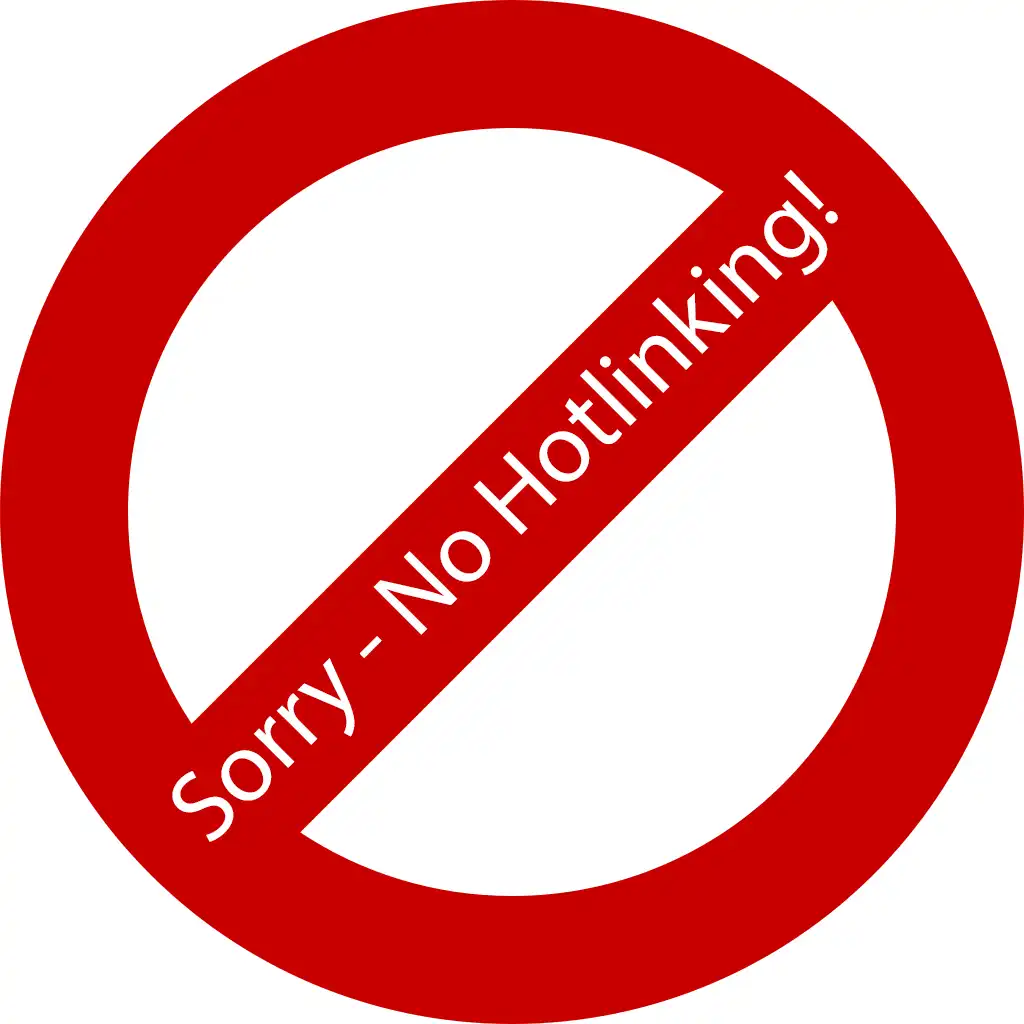
TSL 59593 in between Class 116 power cars 53866 and 53902 as set TS612 at Porthmadoc in July 1987. Stuart Mackay Collection.
Vehicles painted Blue/Grey that then entered service at Tyseley
59589 Derby C1R 24/6/83
59591 Derby C1R 30/9/83
59592 Derby C1R 15/4/83
59593 Derby C1R 25/11/83
59594 Derby C1R 29/4/83
59595 Seems to have disappeared from observations on St Pancras line Summer 1981, so believed transferred to Tyseley around that time. painted Blue/Grey Swindon C3 21/8/81
59596 Derby C3 25/2/83
59597 Derby C1R 26/8/83
59600 Derby C3 18/2/83
59602 Derby C1R 23/12/83
59603 Derby C1R 16/12/83
59604 Derby C1R 19/8/83
59606 Derby C3T 20/1/84
59608 Derby C1R 21/10/83
59611 Derby C3 1/2/84
59612 Swindon C3 4/5/84
59613 Derby C3 18/11/83
59616 Derby C1R 4/8/83
59621 Derby C1R 17/6/83
59625 Derby C1R 7/10/83
59626 Derby C1R 7/4/83
59627 Derby C3 9/12/83
59629 Derby C1R 2/12/83
59632 Derby C1R 3/9/83
59636 Derby C1R 7/6/83
59638 Derby C1R 24/6/83
59641 Derby C1R 23/9/83
59642 Derby C3T 13/1/84
59643 Derby C1R2/11/83
59647 Derby C3 11/11/83
59648 Derby C1R 11/11/83
The one that got away
59605 This was painted Blue/Grey at Swindon in January 1983 at a similar time to 59634. Both vehicles stayed together when they returned to St Pancras line services, but 59605 was seriously damaged at Luton in May 1983, so never made it to the Tyseley allocation.
Liveries - Parcel vehicles
Rail Blue
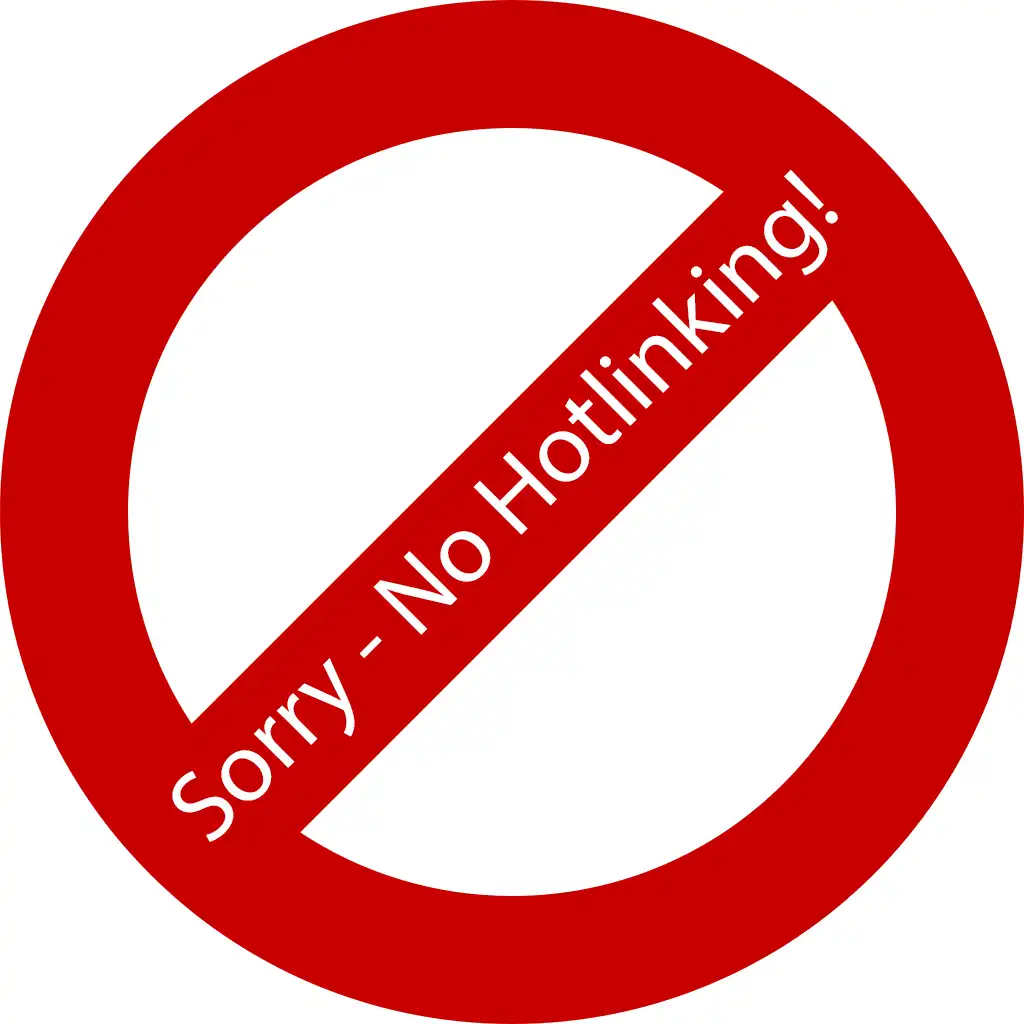
Initial conversions retained the plain blue livery with yellow ends, with appropriate branding added. Some sets had one car branded "Newspapers", the other "Express Parcels". The image shows a set with "Express Parcels" at Newton Heath on 17th July 1985. Michael Kaye 55A.
Rail Blue with Red Stripe
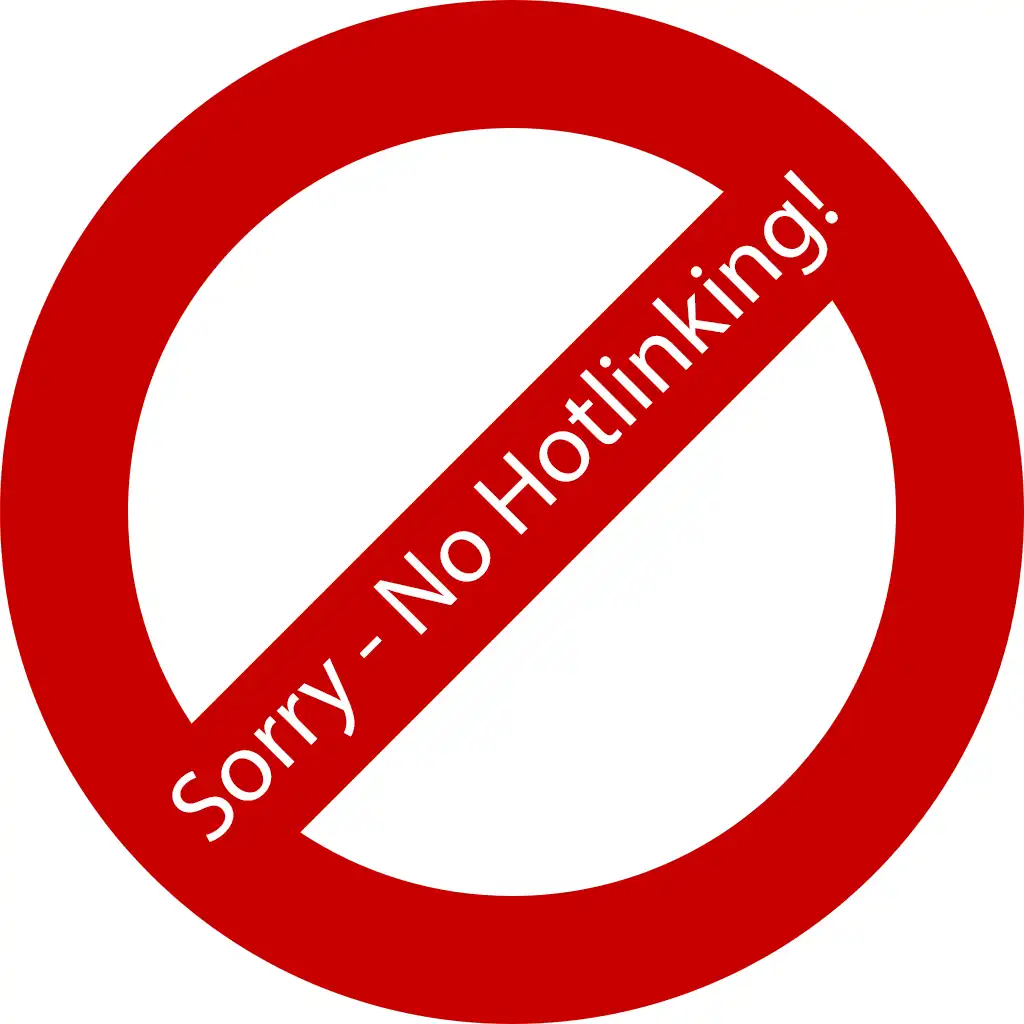
The plain blue livery soon had a red band added along the bodyside, edged in white top and bottom. Also soon after the bird appeared on the lower cab front. The set number would have a small A or B added at the end to identify each car. Before withdrawal most (if not all) had the 'Newpaper' lettering painted over. Set 916 (55986 + 55976) is seen at Crewe on the 11th June 1988. Andrew J Crowther.
Retro-Green
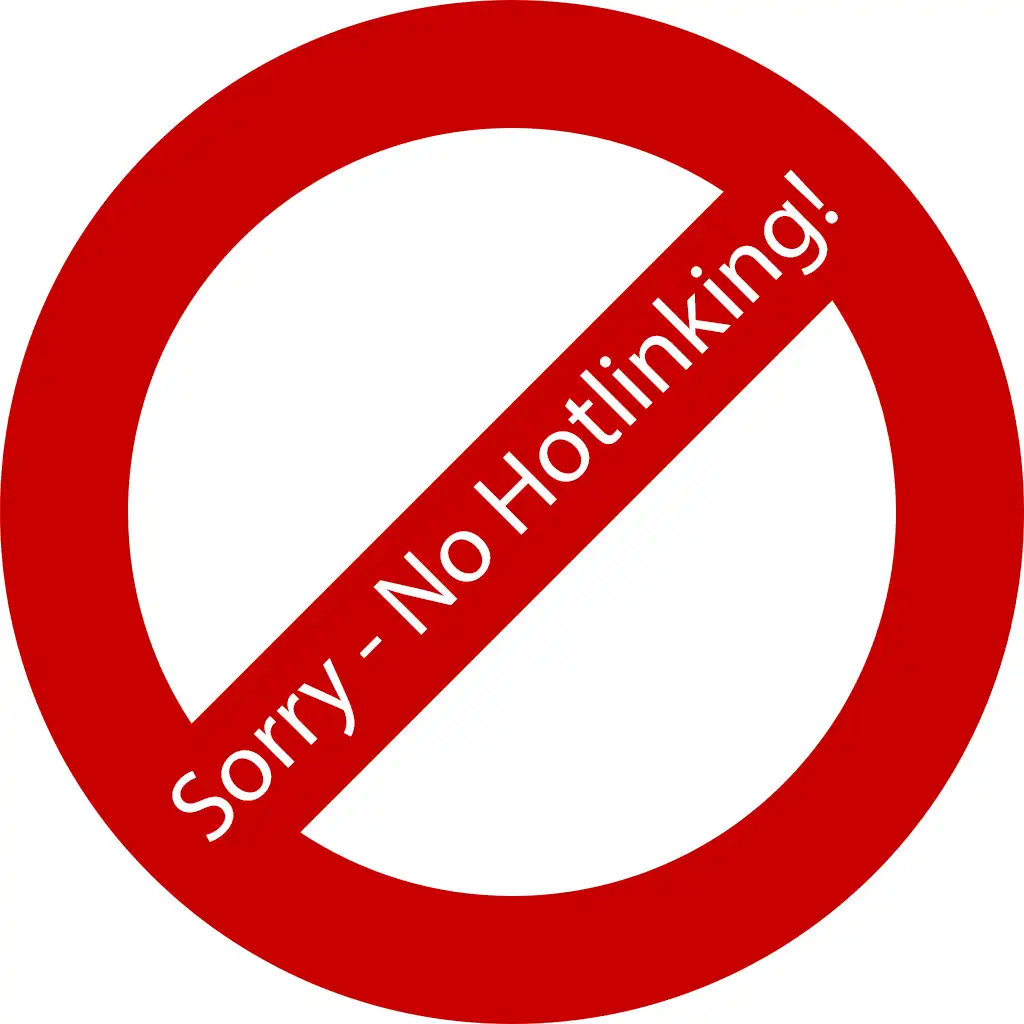
M51591, which had been returned to green in 1983, entered parcels use. M51610 was painted green to match it, they became set 920 numbered 55966 and 55967. By April 1989 the former had had its red plaques removed, but the two could still be easily identified. 55966 had a blank headcode box and Express Parcels branding, 55967 was branded Newspapers and displayed four characters in the headcode right till the end. The 'Newspaper' was painted over by October 1988. The pair are seen heading south past the site of Finedon station on the 12th April 1989. Mike Dean.
References
Summary
Background
Description
Power Train
Interiors
Works Photos
Diagrams & Design Codes
Driving Instructions
Numbering
Liveries
Operations
Accidents
Parcel Use
Images
Details about preserved Class 127s can be found here.
Also relavant is the article "Working the DMUs" by Cricklewood Driver Arno Brooks.


